Our solutions
By workplace
By function
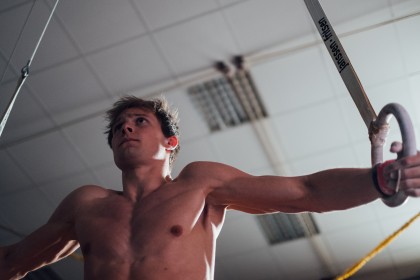
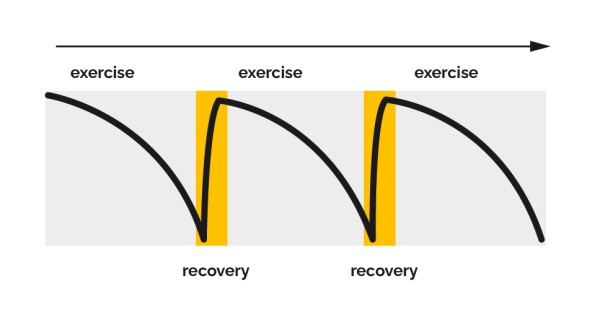

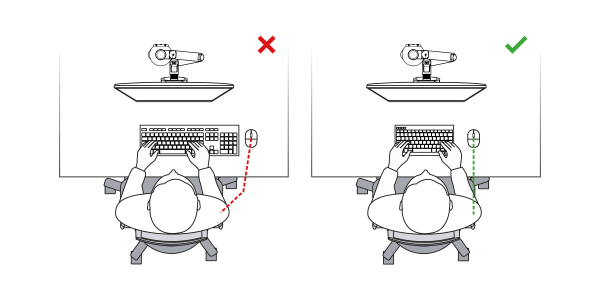

According to the national government (2021), a maximum of 12 hours per shift and...
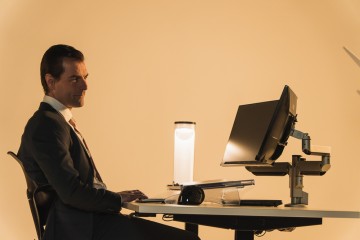
You have a busy job, a full agenda and a list of all kinds of tasks and things...
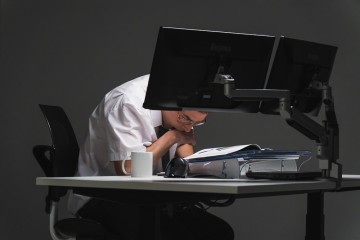
In order to perform work, people have to make an effort. Although work can give...
Need help? We're here for you
Look at our FAQ or contact us
Many customers preceded you
Read about their experience with BakkerElkhuizen